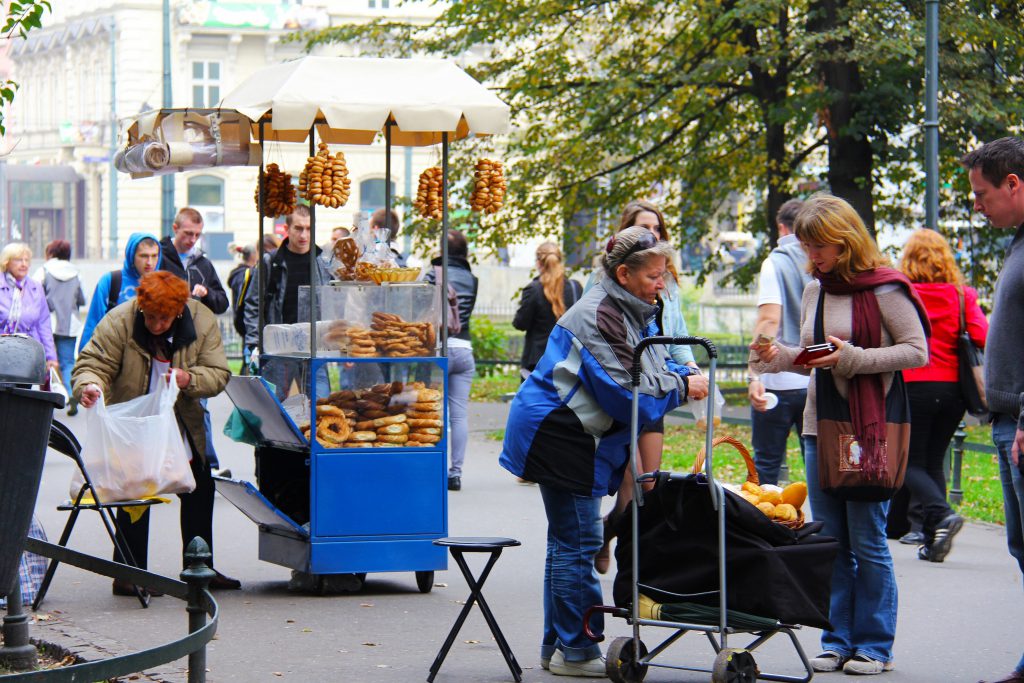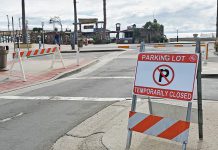
— Photo credit: Pixabay
Amid some concern, the second reading of a sidewalk vending permit program and the accompanying ordinance regulating the vendors was unanimously approved this week.
Newport Beach City Council voted 7-0 on the item on the consent calendar, which allows the movable merchants to sell food and other items from non-motorized carts in Newport Beach, but with heavy restrictions on where and how they conduct business.
The current municipal code bans using public property for commercial purposes, but in an effort to comply with the upcoming implementation of Senate Bill 946, which goes into effect on Jan. 1 and allows street vending activity, the city of Newport Beach created this new program and ordinance.
On Nov. 13, Council held a study session and later that night approved the first reading of the new ordinance.
On Tuesday, a few concerns were raised by residents and some Council members.
Hoiyin Ip, a member of the local chapter of the Sierra Club, pointed out that sidewalk carts are another source of trash.
About 90 percent of the floating marine debris is plastic, Ip noted. In her slideshow from the Sierra Club, it pointed out that by 2050 “there will be more plastic than fish in our oceans.”
While she appreciates the thought staff put into the ordinance, which addresses trash in the immediate area surrounding the cart, it’s not enough. She compared it to a brick-and-mortar restaurant looking clean at its location, yet their plasticware still makes its way into the water.
Most of the litter is single-use foodware, she noted.
“They all have plastic bags,” Ip said after looking at some photos of sidewalk vendors.
These merchants are not regulated by the plastic bag ban and plastic straw bill, and can be exempted from the local Styrofoam ban.
“But these people are out there, on the front line,” Ip said.
“Let’s turn this into an opportunity,” Ip suggested. “Turn these street cars into vehicles of public education.”
She held up small “Serve on Request” cards that show plastic straws and cup lids, plastic utensils, condiment packets, and plastic bags that appear to be floating in water.
Ip suggested that city staff hand out the “serve on request” card along with the permit. It would let the vendors practice voluntarily, she added.
“That would be the cheapest, easiest, quickest way to reduce trash at the source,” Ip said.
She mentioned several coastal cities, including Long Beach and San Diego, that have some sort of “serve on request” or “bring your own” or ban on certain plastic items.
“They are proud that serve on request is in the ordinance,” she said.
Ultimately, Ip’s suggestion was not officially included in the ordinance that Council approved.
There seems to be a rush to get the ordinance passed, noted resident Jim Mosher.
In Los Angeles on Tuesday, they held several meetings to “extensively review” the various proposals for an ordinance, he pointed out.
“I think if we delayed a little bit, we could have learned quite a bit from what they’re doing,” Mosher said.
With only the one change in language (clarifying the name of the Balboa Island Boardwalk), it still needs work.
“I think it needs more work than that,” Mosher said.
Councilman Jeff Herdman said he’s not interested at all in what L.A. is doing regarding this issue.
“That city is completely different than Newport Beach,” Herdman said. “You can’t even compare the two.”
He praised staff’s work on the ordinance in only a matter of a few months since the bill was signed.
About 20 staff members from most of the city departments, including public works, police and fire, and community development, were part of the “think tank” that put the ordinance together, Jurjis said.
It’s a very complex issue, this is Newport Beach’s “first time out of the box” for an ordinance like this, and it happened fairly quickly, added Councilman Brad Avery. All that considered, staff did a great job, he said.
They aren’t sure how it will turn out, in terms of the number of vendors or other issues, so this is a good first effort, Avery noted.
“We will revisit and tune it up, because obviously it will need it,” he said. “I think everyone should hold fire, if they can, until we get the opportunity to get, most importantly, public feedback on how it’s going.”
In general, mobile vendors are allowed on residential streets and are not allowed to be stationary (apart from stopping to conduct a transaction), explained Community Development Director Seimone Jurjis. They can be on some of the busy boulevards, like parts of PCH, he added, where they can be stationary if there is an 8-foot sidewalk.
They have to maintain a certain distance away from fire hydrants, other street vendors, and intersections. They are prohibited from blocking any business entrance or exit, Jurjis pointed out.
Again, some Council members questioned how the city would enforce the regulations.
It is reactive, Jurjis noted. They’ll have to primarily rely on residents and business owners to call the city when they see a violation, he explained.
Locations that are prohibited outright include the Balboa Peninsula and Balboa Island boardwalks, east Balboa Boulevard (between Adams and A streets) in Balboa Village, Marine Avenue on Balboa Island, E. Coast Highway (between Avocado Avenue and Hazel Drive) in Corona del Mar, both Balboa and Newport piers, and the Civic Center.
Alleys, parking lots, beaches, and 200 feet from police and fire stations are also prohibited.
Additional restrictions include prohibiting them from: Within 100 feet of other sidewalk vendors; within 100 feet of schools, places of worship, large general daycare facilities, or pubic marinas; and within 25 feet of fire hydrants, color designated curbs, ATMs, driveways or parking lot/garage entrances, any nonresidential building entrance/exit, and trash receptacles, bike racks, benches, or similar public use items.
With certain other restrictions, like cart size and minimum clearance area, they could be on sidewalks along 23rd and 22nd streets, portions of 20th Street, a small area at McFadden Square, around Adams, Palm, and Main streets, portions of both Grant Howald and Peninsula parks pathways, the Civic Center Park pathway, and portions of Avocado Avenue and MacArthur Boulevard.




